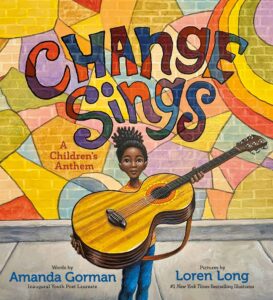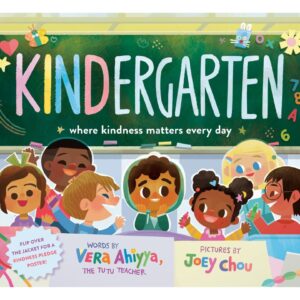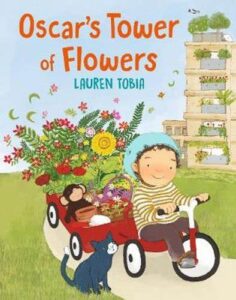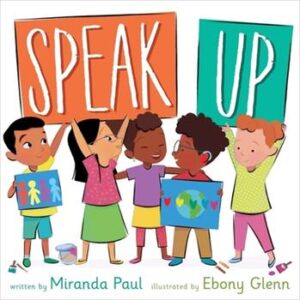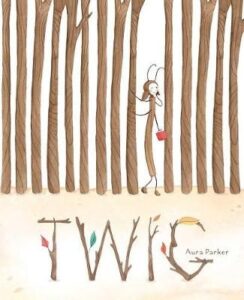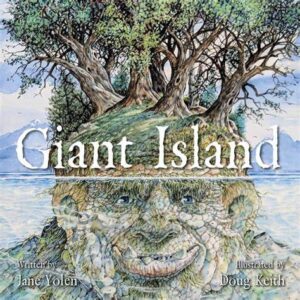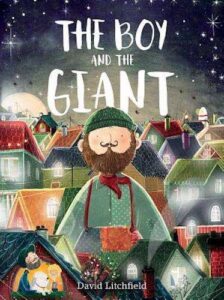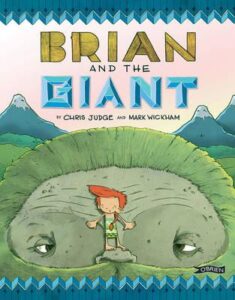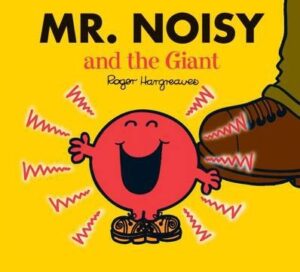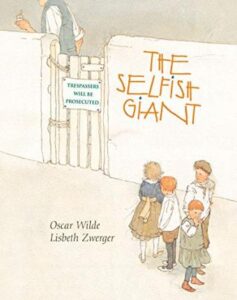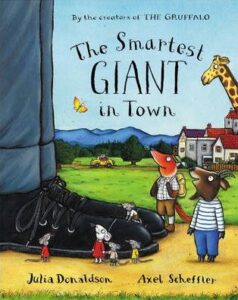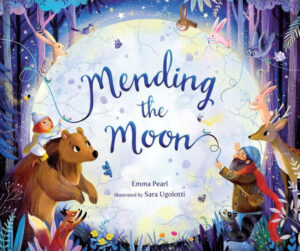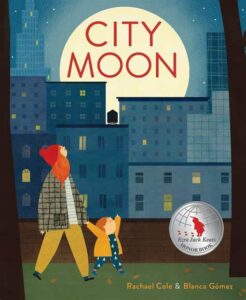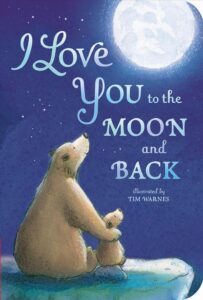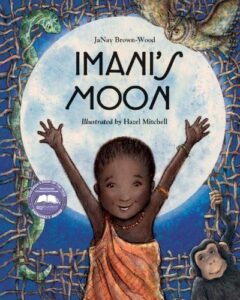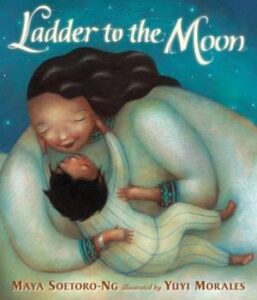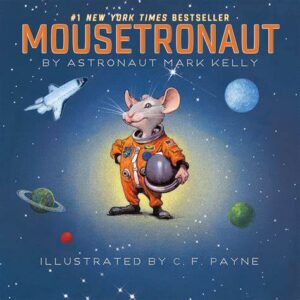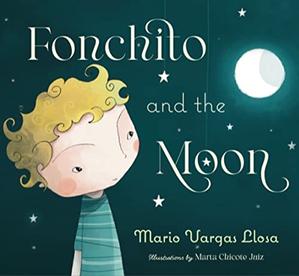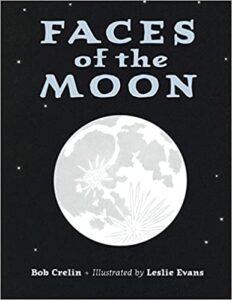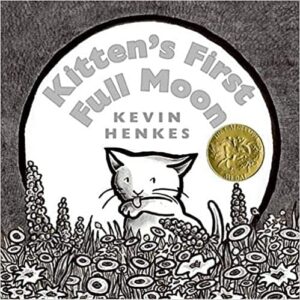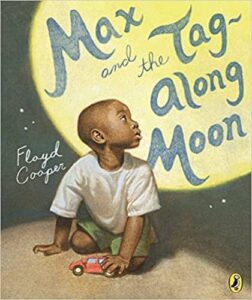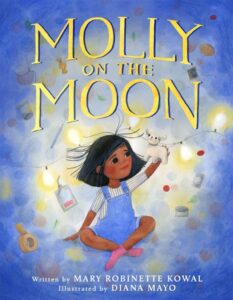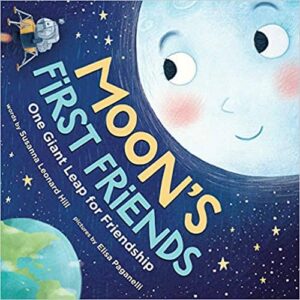I Am Today
Author: Matt Forrest Esenwine
Illustrator: Patricia Pessoa
1 March 2022
POW! Kids Books
36 pages
**While OPB generally chooses fairly new picture books to feature in our monthly Education Activities section, sometimes an older picture book grabs our attention. That’s what happened this week with Matt’s I Am Today, which was published a year ago.**
Book description from Goodreads: “A young girl realizes that she doesn’t have to wait until she’s grown-up to stand up for what is right and make a big impact.
While playing on the beach in her coastal town, a young girl comes across a sea turtle ensnared by a wire. Her town is home to a factory that has provided jobs for many of her neighbors, including her mother, but it has also been dumping garbage from a pipe into the waters, threatening the creatures that live in them.
Children are used to being asked what they’ll do and be when they grow up, but the girl knows there is so much she can do today to help. Unable to forget the sight of the struggling turtle, with a fantastic act she inspires the townspeople to compel the factory to change its destructive ways.
Written in spare and evocative poetry, I Am Today is an empowering story for children who want to be the change the world needs.”
Educational Activities inspired by I Am Today:
- Before Reading–From looking at the front cover:
- What do you think this book will be about?
- Where and when is this story taking place?
- How do you think this story is going to end?
- Who do you think the main character is? What do you think they might be like?
- What are you looking forward to learning or discovering in the book?
- Have you read any other books by the same author or illustrator? If so, what did you like about them?
- After Reading–Now that you’ve read the story:
- What does it mean for someone to be Today?
- What does it mean for someone to be the Future?
- In your mind, which of the child’s activities to save the turtle was most effective?
- What else might YOU have done to save turtles?
- What did you think of the book’s ending?
- What do you believe is the main message of the story?
- Which picture did you like the most? Why?
- Did you enjoy this book? Why/why not?
- Drawing–What’s interesting about I Am Today is that the turtle-saving story occurs entirely in the pictures and not in the words. What’s another animal-saving story that could happen in the background of these pages and this book-length poem? Use colored pencils, crayons, or markers to create that story. Feel free to show that story in one piece of art or spread it out over many pages. Consider sharing your work with a friend or family member.
- Crafting–The girl in this story clearly likes turtles, and so does OPB. After you’ve tried out the cool origami turtle activity in the back of the book, return here to test out these fun turtle crafts. As always, get an adult to help!
- Cupcake Liner Turtle–Easy and fun.
- Egg Carton Turtle–Who doesn’t love to use recycled materials when crafting?
- Paper Plate Turtle–Such a cute end product!
- Recycled Turtle Bank–Perfect for holding pebbles or coins.
- Wine Cork Turtle Stamp–It doesn’t need to be from a wine bottle–any cork will do.
- Further Reading–I Am Today is about a child who makes an important change in the lives of others. Here are picture books about people who made similarly meaningful changes through awareness, kindness, and–perhaps most vital–taking action. Which of these have you already read? Which of the others would you want to read first? (Click on any book cover for more information on these titles!)

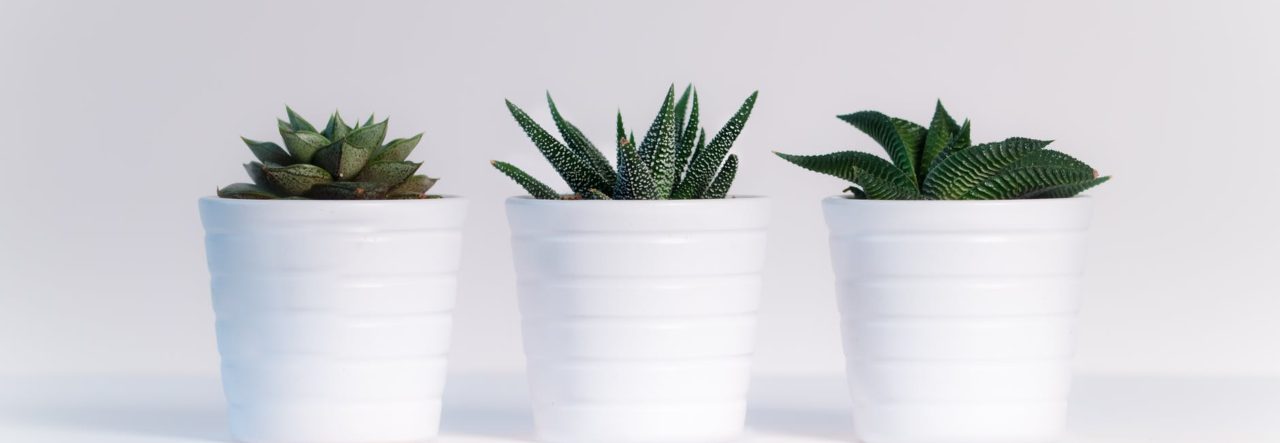
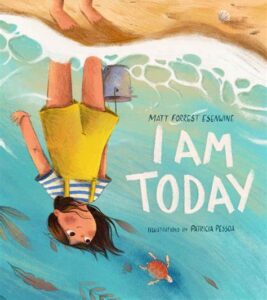
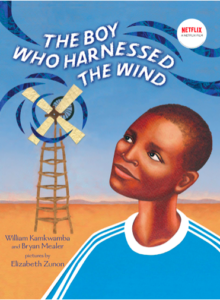
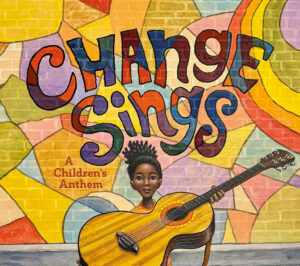
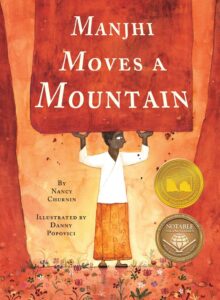
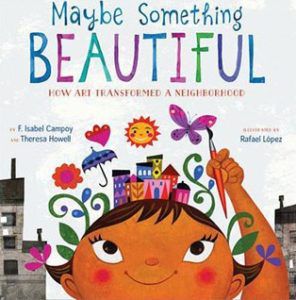
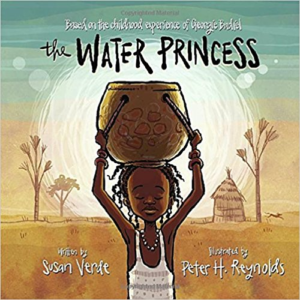
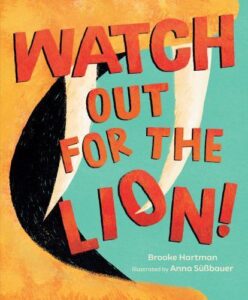
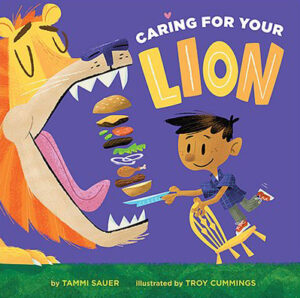
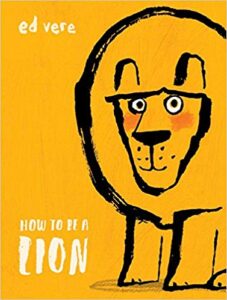
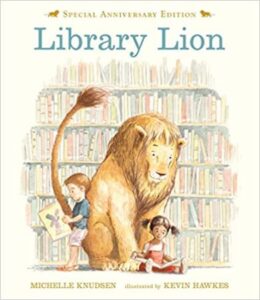
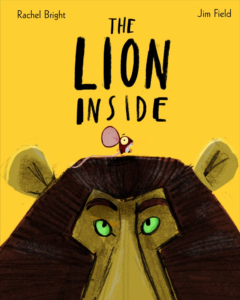
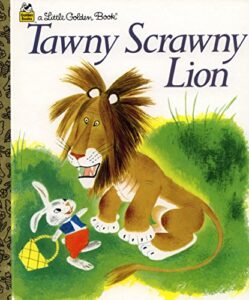
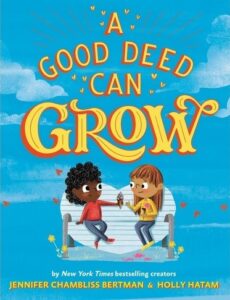 A Good Deed Can Grow
A Good Deed Can Grow